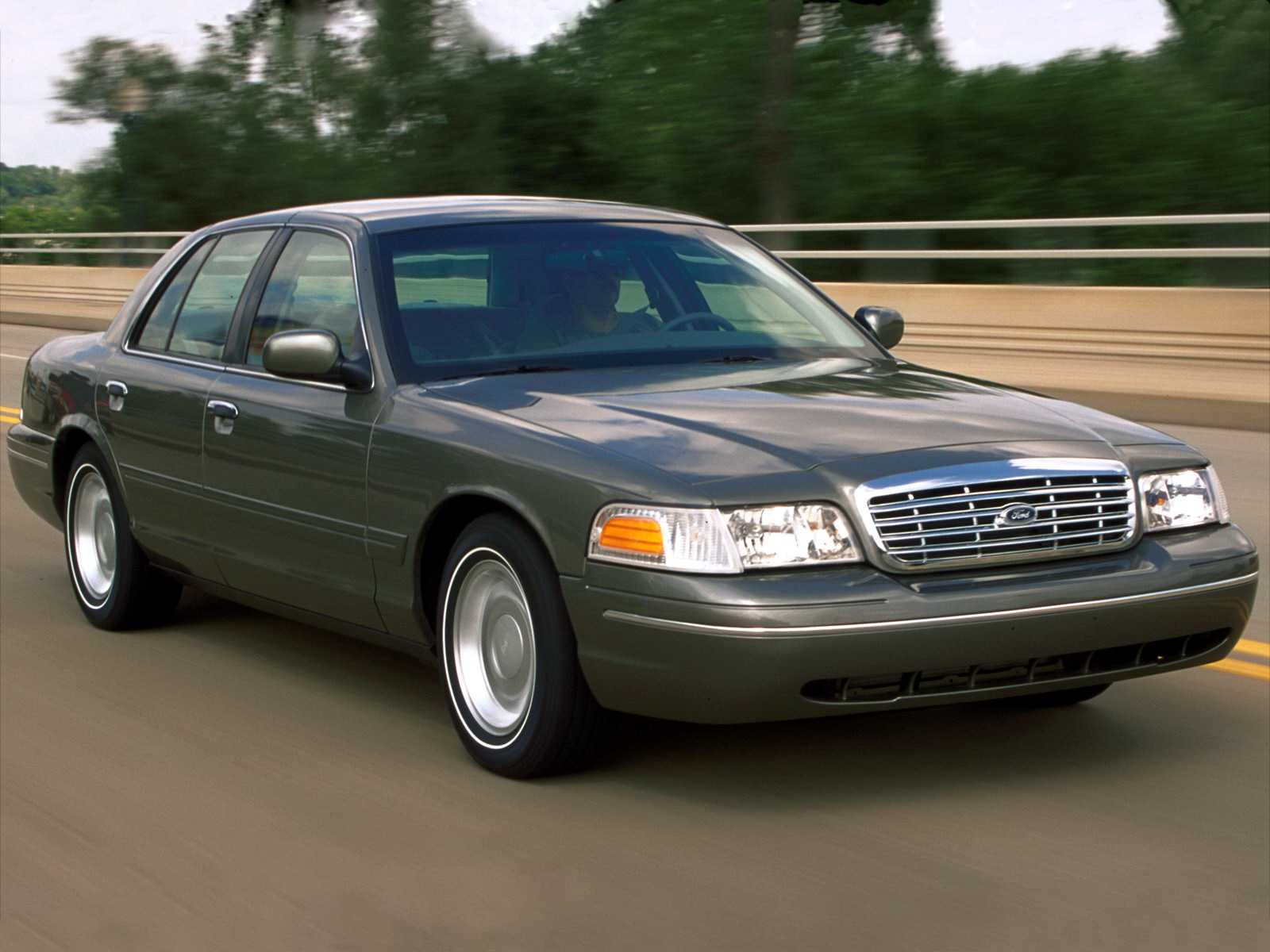When it comes to choosing a car, most people rely on reviews, test drives, or even the word of a persuasive dealership salesperson. But if you truly want to know which vehicles are worth your hard-earned money—and which ones are best left in the rearview mirror—you need to ask the people who work under the hood every day: mechanics.
These professionals spend their lives diagnosing problems, tearing down engines, replacing worn-out parts, and witnessing firsthand what vehicles can withstand the test of time… and which ones fall apart far too soon. More than any critic or auto journalist, mechanics have an insider’s perspective on what cars truly offer reliability, durability, and long-term value.
What’s surprising to many car shoppers is that mechanics don’t always drive flashy or expensive vehicles. Most of them opt for cars that are reliable, easy to maintain, and affordable to fix. These vehicles might not make headlines or turn heads on the road, but they deliver something far more important: peace of mind.
Mechanics know that a car is more than just a status symbol—it’s a daily necessity that should work consistently, not break your bank account or leave you stranded on the highway. When they choose a vehicle for themselves, they look for models that minimize the headaches they deal with on behalf of others every single day.
On the other end of the spectrum are the vehicles that mechanics actively avoid—cars so poorly designed, unreliable, or needlessly complex that even seasoned professionals don’t want to deal with them. These aren’t just cars that require a bit of extra maintenance. These are the ones that turn every repair into a marathon of frustration.
Whether it’s due to cramped engine bays, fragile components, frequent electronic malfunctions, or sky-high parts costs, these vehicles are considered the worst offenders in the eyes of those who fix cars for a living. They might be stylish, luxurious, or popular in some circles, but they have earned a permanent spot on most mechanics’ “never own” list.
This article explores five vehicles mechanics secretly drive and five they’ll never touch, not based on brand loyalty or social media trends, but on years of lived experience and real-world performance. We’re diving deep into why certain models earn a place in the trusted garages of those who know cars best—and why others are avoided like the plague.
Each section breaks down the qualities that make these cars either respected or reviled, from ease of maintenance and part availability to long-term reliability and owner satisfaction. If you’ve ever wondered what kind of car a mechanic would choose for themselves, or what they’d warn you never to buy, this guide is for you.
By the end, you’ll have a clearer understanding of which vehicles are worth your time, money, and trust, and which ones might cost you more than you bargained for. Because when it comes to cars, no opinion carries more weight than the people who fix them every day.
Also Read: 5 Cars Where Minor Repairs Total Over $1,000 And 5 That Stay Manageable
5 Vehicles Mechanics Secretly Drive
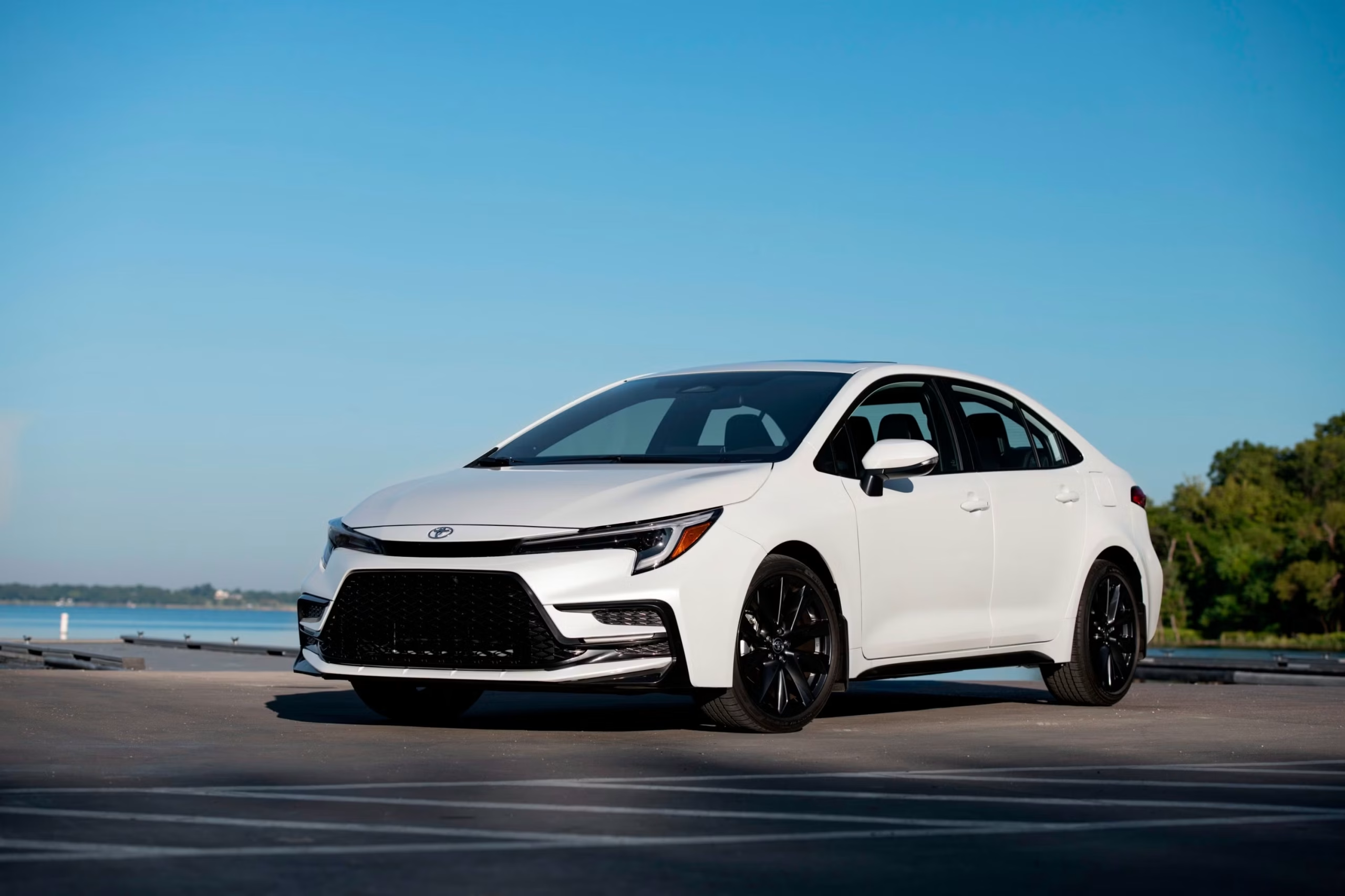
1. Toyota Corolla
The Toyota Corolla is a staple in any conversation about dependable, long-lasting vehicles, and for mechanics, it’s often the daily driver of choice. One of the biggest reasons is the sheer predictability of its performance.
Mechanics appreciate vehicles that don’t surprise them, and the Corolla fits that bill. Built with conservative engineering and an emphasis on longevity rather than flash, it has earned a reputation for going 200,000 miles or more with minimal issues.
Everything from the engine components to the suspension system is overbuilt for reliability. Mechanics know they can count on a Corolla to start every day, drive across town or the country, and come back asking for little more than an oil change.
For professionals who spend their days dealing with vehicles that do nothing but cause headaches, the idea of a car that “just works” is refreshing. Moreover, the Corolla is incredibly cost-effective, and not just in terms of purchase price.
Parts are abundant and cheap, and repairs are often straightforward. The engine bay is roomy enough to work in without removing a half-dozen components, and common jobs like brake replacements or spark plug swaps are DIY-friendly, even for weekend warriors.
This is a major plus for mechanics, who often do their maintenance and don’t want to spend hours doing what should be a simple task. Whether it’s the 1.8L inline-four engine or the continuously variable transmission in newer models, mechanics trust these components because they see how seldom they fail in the real world.
It’s a car built for efficiency, ease of use, and maximum uptime—all traits highly valued by those who understand the inner workings of automobiles.
The Corolla is also a smart long-term asset. Its reputation for reliability translates to strong resale value, and insurance costs are generally low. It’s not just a good car for today; it’s a car that will still hold value five or ten years down the road.
Mechanics who choose Corollas often do so because they want a set-it-and-forget-it vehicle—a car that quietly does its job while allowing them to focus on the more temperamental machines they deal with at work. It’s not glamorous, but it’s quietly brilliant, which is why it remains one of the most respected vehicles in garages around the world.
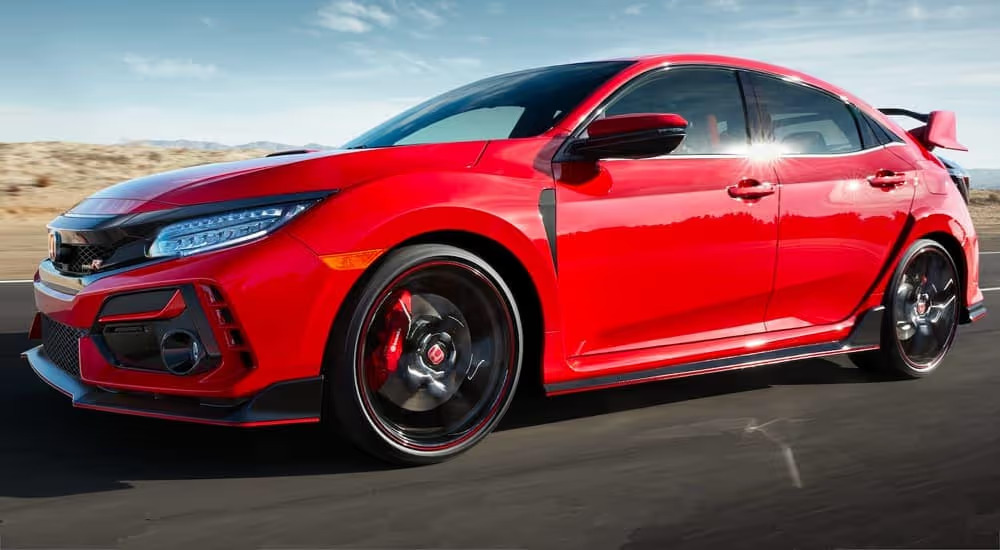
2. Honda Civic
Another top choice among mechanics is the Honda Civic, a vehicle that seamlessly blends everyday practicality with a touch of excitement. While it shares much of the Toyota Corolla’s reputation for reliability, the Civic often edges ahead in areas like handling, customization, and driver engagement.
Mechanics who still have a bit of a lead foot or enjoy weekend drives down twisty back roads are often drawn to the Civic because it offers more than just dependable commuting—it offers a bit of soul.
Older Civics, particularly those with the B-series or K-series engines, are admired not just for their durability but for their responsiveness and tuning potential. Even in newer models, the Civic continues to offer a well-balanced ride and a cabin that doesn’t feel like a penalty box.
From a technical standpoint, the Civic is extremely well thought-out. Many mechanics respect Honda’s engineering philosophy, which emphasizes modularity, accessibility, and mechanical simplicity.
Routine maintenance like changing oil, replacing filters, or adjusting valves is usually easy, and engine swaps in older models are famously straightforward thanks to a strong aftermarket and interchangeable parts across generations.
This level of support makes Civics a popular project car for mechanically inclined owners who want to build something unique without draining their wallets. For mechanics, that’s a huge perk: a car that’s reliable right out of the box but still offers room for improvement and personalization.
Another factor that endears the Civic to mechanics is its community. Because of its popularity, there’s a wealth of knowledge available in forums, videos, and parts catalogs. If a problem arises, someone else has likely already dealt with it, and probably documented the fix.
That kind of resource is invaluable, even to professionals. Additionally, parts for Civics are among the cheapest and most available in the world.
Whether sourcing OEM components or aftermarket upgrades, the Civic keeps costs low and options plentiful. Mechanics who drive Civics often do so not just because they’re reliable, but because they represent a perfect blend of fun, form, and functionality.

3. Ford Crown Victoria
At first glance, the Ford Crown Victoria might seem like an odd pick for a mechanic’s vehicle, especially when newer and more tech-laden options are available. But those who’ve worked in the automotive repair field for years understand the unique value this classic American sedan brings to the table.
With its body-on-frame construction, naturally aspirated 4.6L V8 engine, and traditional rear-wheel-drive layout, the Crown Vic is a relic of a simpler era—and that’s exactly what mechanics love about it.
It was built to serve, whether as a police cruiser or a taxi, and that durability carries over to private ownership. You can abuse it, neglect it a little, and still find it loyally chugging along at 300,000 miles.
The design of the Crown Victoria is refreshingly honest. It’s big, roomy, and unapologetically utilitarian. The engine bay is spacious enough for a mechanic to climb into (almost literally), and repairs that are complicated on modern vehicles, like transmission work or suspension overhauls, are relatively painless here.
Parts are everywhere, thanks to the vehicle’s former life as a fleet workhorse, and because so many share components with other Ford models, they’re cheap and plentiful.
Mechanics also appreciate how everything is laid out logically; there’s no need for specialty tools, hidden bolts, or frustrating electronic systems that require proprietary scanners. This simplicity makes it an ideal platform for hands-on repairs, whether in a shop or a backyard.
Mechanics also love the Crown Vic for its sheer value. On the used market, they can often be found for just a few thousand dollars, yet they offer the size and comfort of a luxury car and the reliability of a commercial vehicle.
Many mechanics see the Crown Victoria as an ideal secondary car—something to drive daily without worrying about depreciation, dings, or costly repairs.
And for those who like to modify, the Panther platform offers surprising potential for performance upgrades. Whether it’s for a weekend cruise, a winter beater, or a “sleeper” project, the Crown Vic fits the bill and earns its place in the garages of the mechanically savvy.

4. Subaru Outback (Older Models)
Older Subaru Outbacks—particularly those from the early to mid-2000s—hold a special place in the hearts of many mechanics, despite some well-known flaws.
These cars strike a balance between rugged functionality and mechanical honesty. They offer true all-wheel drive without the overly complex electronics that plague many modern SUVs, and they were designed with practical, real-world driving in mind.
Mechanics often choose Outbacks for their own use when they need a vehicle that can handle all kinds of terrain and weather, from snowy commutes to muddy camping trips, without requiring an expensive truck or full-sized SUV.
What draws mechanics to these models isn’t the absence of issues—Subarus of this era are infamous for head gasket failures and occasional oil leaks—but rather the predictability of those problems. In other words, experienced mechanics know what they’re getting into. The faults are well-documented, and the fixes are relatively straightforward.
Once the initial problem areas are addressed—usually with upgraded gaskets, timing components, and some cooling system tweaks—these cars can easily push 250,000 miles.
Their engines are accessible, their design makes sense, and there’s a robust aftermarket for any part that might wear out. This predictability is golden for a mechanic who wants a capable vehicle without the unpleasant surprises that come with lesser-known platforms.
Beyond the wrench-friendly layout, the Outback also offers serious lifestyle appeal. Mechanics with active families or hobbies like skiing, biking, or camping find the wagon format incredibly useful.
The flat-folding seats, spacious cargo area, and roof rails make it ideal for hauling gear, and the ground clearance is enough to handle dirt roads and light off-roading with ease.
The older Outbacks are also relatively lightweight and maneuverable, making them more efficient and nimble than larger SUVs. For a mechanic who values function over flash, but still wants a little flair in their daily ride, an older Outback is often the perfect match.

5. Lexus LS400
When it comes to luxury without the headaches, mechanics often turn to the Lexus LS400, a car that exemplifies the golden era of Japanese engineering. Built from the ground up to compete with the Mercedes S-Class, the LS400 was Toyota’s way of showing the world that luxury could coexist with reliability.
For mechanics, it represents the rarest of unicorns: a luxury sedan that doesn’t break the bank or the toolset. With its silky smooth 1UZ-FE V8 engine, bulletproof drivetrain, and whisper-quiet cabin, the LS400 offers a driving experience that feels far more expensive than it is.
One of the biggest draws of the LS400 is its dependability. Mechanics know that while German luxury cars might offer more modern tech, they also come with frequent electrical gremlins, expensive parts, and complex diagnostics.
The LS400 avoids all that by sticking to tried-and-true engineering principles. Its electronics are minimal and robust, its suspension is conventional (not air-based), and its components are built to last.
Mechanics who drive one often describe it as the perfect “forever car”—something you can buy used, fix up a bit, and drive for decades with nothing more than routine maintenance. It’s not uncommon to find LS400s still running smoothly at 300,000 or even 400,000 miles.
The driving experience itself is another huge bonus. Despite being nearly 30 years old, the LS400 delivers a refined, comfortable ride that rivals many newer luxury sedans. The cabin is well-insulated, the seats are supportive, and the build quality is evident in every panel gap and button click.
For mechanics who spend their workday surrounded by grease, noise, and chaos, the serenity of an LS400 can feel like stepping into another world.
And because it’s still essentially a Toyota underneath, maintenance is affordable and parts are widely available. It’s a luxury car that understands the value of simplicity, and for mechanics, that makes it not just a great choice, but a smart one.
5 Vehicle Mechanics Will Never Touch
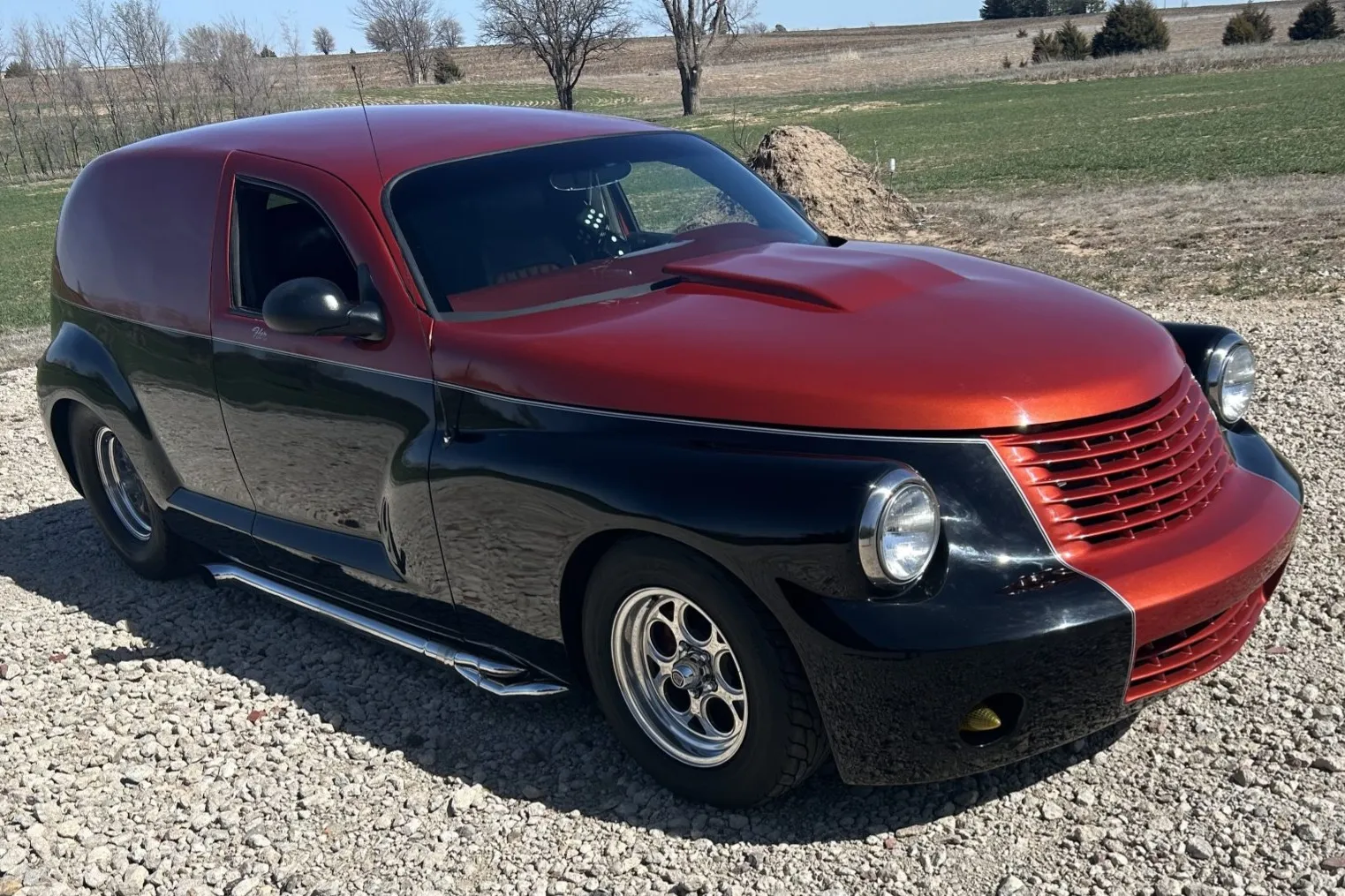
1. Chrysler PT Cruiser
The Chrysler PT Cruiser, introduced in the early 2000s, was initially celebrated for its retro design and quirky personality. But while it may have won over a few nostalgic buyers on appearance alone, it quickly became infamous in the mechanic world for all the wrong reasons.
The car is riddled with design and engineering flaws that turn even simple maintenance tasks into exercises in frustration. The cramped engine bay layout means mechanics are often forced to disassemble far more than necessary just to access basic components.
Replacing the timing belt, a routine job on many vehicles, is a major undertaking in the PT Cruiser, requiring special tools and several hours of labor. This inefficiency is not just annoying; it’s costly, especially in professional shop settings where labor time equals money.
Beyond the inconvenient design, the PT Cruiser is notorious for frequent mechanical failures that seem to come in waves once the car hits higher mileage. Radiator issues, transmission failures, sensor malfunctions, and oil leaks are all common occurrences.
Even electrical components—such as power windows, door locks, and the instrument cluster—are known to fail unexpectedly. This adds layers of unpredictability and diagnostic guesswork to what should be straightforward repairs.
Mechanics often share horror stories about chasing phantom codes or replacing parts only to find the original issue still unresolved. That level of unreliability makes the PT Cruiser a liability for any shop, especially when customers are reluctant to invest in repairs that quickly exceed the car’s actual value.
Because of its poor reputation and steep decline in resale value, the PT Cruiser is also a nightmare from a cost-benefit perspective. Customers often balk at repair bills that exceed the vehicle’s worth, leaving mechanics in the awkward position of recommending either high-cost repairs or total replacement.
This can erode trust and make interactions uncomfortable. As a result, many mechanics won’t even consider owning a PT Cruiser personally—they’ve spent too many hours under the hood, cursing its design. It’s not just a bad car mechanically; it’s a reminder of everything that can go wrong when form is prioritized over function.

2. Mini Cooper (Especially Older Models)
The Mini Cooper, especially the first and second generations under BMW’s ownership, is a case study in automotive overengineering gone wrong. From the outside, it presents as a charming, sporty subcompact, appealing to urban drivers and enthusiasts alike.
But open the hood, and mechanics are greeted with a nightmare of tight spaces, fragile components, and convoluted systems. These cars pack a ton of hardware into a tiny footprint, making even basic jobs, like replacing a thermostat or accessing spark plugs, far more complicated than they should be.
Tasks that take 30 minutes on a Toyota can require hours on a Mini, often involving the removal of the entire front fascia or bumper. That level of design inefficiency quickly turns most mechanics off.
Aside from the labor-intensive layout, Mini Coopers are plagued with reliability issues. Common problems include failing timing chains (especially on the turbocharged models), high oil consumption, water pump failures, and random electrical gremlins.
The early N14 engines, found in the Cooper S, are particularly dreaded for their susceptibility to carbon buildup and expensive valve service needs. Mechanics often find themselves replacing entire modules due to failures in tiny plastic parts, and unlike mainstream Japanese or American brands, Mini parts are costly and less accessible.
Moreover, diagnostics on these cars often require BMW-specific tools and software, further raising the barrier to cost-effective repairs. This creates a vicious cycle of problems that are expensive to identify and even more expensive to fix.
The ownership experience for mechanics is, therefore, one of constant compromise and anticipation of the next failure. For those who work on cars for a living, the idea of dealing with a vehicle that requires so much time, money, and specialized attention is exhausting.
It’s one thing to work on complicated vehicles at a shop with the right equipment; it’s another to deal with those headaches at home on your own time.
The Mini Cooper may have style and handling charm, but that doesn’t outweigh the mechanical chaos it brings. Mechanics typically admire them from afar—if at all—but they’ll never make the mistake of owning one themselves.

3. Fiat 500
The Fiat 500, especially the models sold in the North American market post-2012, has earned a dubious reputation in the eyes of mechanics for being one of the most frustratingly delicate vehicles on the road. While the styling might be playful and European-chic, what’s under the hood and beneath the body panels tells a much different story.
Fiat’s re-entry into the U.S. market was marred by reports of poor build quality, lack of parts support, and a general sense that the vehicle wasn’t designed with longevity in mind.
The 500 is plagued with brittle plastic components, poor electrical design, and an engine-transmission pairing that doesn’t inspire confidence. The automatic transmission, in particular, is a sore spot—it’s not quite manual, not quite automatic, and fully unpredictable in performance and reliability.
Mechanics often dread working on these cars because nothing is simple. The engine bay is cramped to the point of absurdity, with critical components crammed in tight and requiring significant disassembly to reach. Tasks like changing the alternator, starter, or even the battery can turn into multi-hour slogs that require removing unrelated parts just for access.
Even diagnostics can be an uphill battle, thanks to a confusing mix of electronic modules and sensors that are prone to failure and difficult to isolate without specialized scanning equipment. For vehicles marketed as budget-conscious and practical, the Fiat 500 makes no such effort to accommodate the practical concerns of repair and upkeep.
Then there’s the issue of parts availability and dealer support—or lack thereof. Fiat’s service network in the U.S. has always been thin, and getting OEM parts can be slow and expensive. This makes it harder for independent mechanics to stock or order what they need, turning routine jobs into logistical headaches.
For mechanics, a Fiat 500 isn’t just an unreliable vehicle—it’s a symbol of inefficiency and short-sighted design. Most won’t drive one, and those who do often regret the decision quickly. The 500 might be fun for a weekend spin when it’s working properly, but as a long-term daily driver, it’s a hard “no” from the people who know cars best.
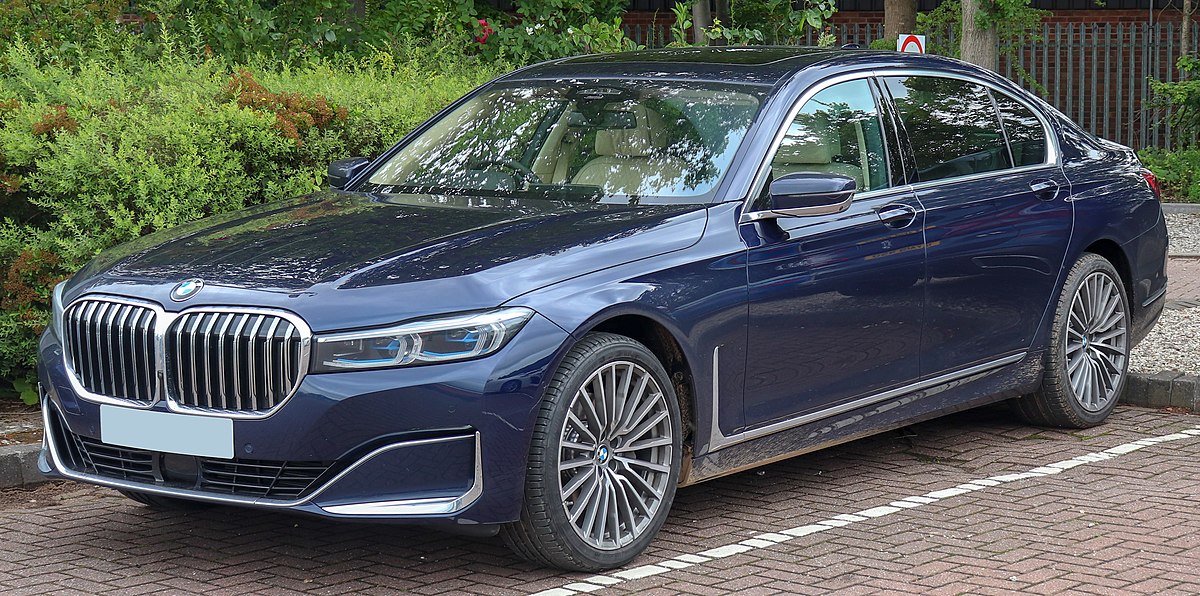
4. BMW 7 Series (All Model Years)
For many, the BMW 7 Series represents the pinnacle of German engineering—an opulent blend of technology, performance, and luxury. But for mechanics, especially those who’ve spent time in the trenches of European repair, the 7 Series is one of the most frustrating and expensive cars to maintain.
Every generation of this flagship sedan—from the E38 to the latest G12—is filled to the brim with cutting-edge tech and ultra-complex systems. These features might seem impressive on the showroom floor, but in the garage, they’re a nightmare.
With multiple ECUs, air suspensions, turbocharged engines, and comfort systems that require factory-level tools to repair, working on a 7 Series is rarely straightforward. Reliability is a huge issue, particularly as these cars age out of warranty.
Common problems include valve cover leaks, water pump failures, transmission issues, and electronic malfunctions that range from infotainment crashes to full-blown system shutdowns. Mechanics often joke that a check engine light on a 7 Series is just a permanent dashboard decoration.
What makes things worse is how interdependent the systems are. Fixing a sensor issue in the adaptive cruise control can cascade into a need to reprogram the entire vehicle—a task that’s not only costly but also time-consuming and stressful.
Diagnosing problems often takes longer than the repairs themselves, and even when problems are fixed, new ones frequently emerge. The cost-to-benefit ratio is simply not favorable.
Parts are expensive, and many replacements, like those involving the iDrive system, airbags, or cooling systems, require labor-intensive processes. For a mechanic who works with cars all day, the thought of taking home a vehicle that demands this much attention, money, and emotional energy is laughable.
While the 3 and 5 Series have carved out more manageable niches with less complexity, the 7 Series continues to be the black hole of time and resources. It might offer a plush ride and elite status, but under the surface, it’s an example of excess taken too far. Most mechanics wouldn’t touch one with a ten-foot torque wrench.

5. Range Rover (All Generations)
The Range Rover may be the poster child for luxury SUVs, blending British style with off-road capability, but to mechanics, it represents everything wrong with overengineered, unreliable design. These vehicles are plagued with problems from every direction—electrical, mechanical, hydraulic, and structural.
Whether it’s a 2006 model or a brand-new variant, Range Rovers are notorious for catastrophic failures in systems that are either overly complex, poorly designed, or both.
One of the most dreaded elements is the air suspension system, which frequently fails and costs thousands to repair. When it goes, the entire vehicle rides unevenly or sinks like a lowrider. And that’s just the start.
Electrical issues are another nightmare. The more modern the Range Rover, the more screens, modules, and interconnected systems it has—and the more opportunities for things to go wrong. Mechanics frequently deal with malfunctioning navigation units, Bluetooth errors, dashboard flickering, and intermittent electrical shorts that are nearly impossible to trace.
Diagnosing these problems often requires expensive software and dealer-only tools, adding to the already high cost of ownership. Even basics like oil changes or brake work can be overly complicated due to cramped packaging or non-standard parts.
Mechanics find themselves doing three times the work compared to a comparable Japanese or American SUV. From a business standpoint, working on Range Rovers is rarely worth it.
Parts are expensive, labor time is high, and customer satisfaction is low because issues tend to recur even after seemingly thorough repairs. It’s common for a mechanic to fix one problem, only for the vehicle to return days later with another unrelated but equally costly issue.
For personal use, Range Rovers are simply not viable unless one has a bottomless budget and infinite patience. Even then, mechanics would rather drive something they can depend on. Range Rovers may be glamorous, but in the eyes of someone who understands the true cost of ownership, they’re more trouble than they’re worth.
Also Read: 5 Cars With Cheap OEM Parts And 5 That Need Rare Imports
When it comes to choosing a vehicle that you can depend on, the advice of mechanics is worth its weight in gold. Unlike enthusiasts, influencers, or casual drivers, mechanics are immersed in the practical reality of car ownership day in and day out. They see the breakdowns. They handle the repairs.
They know which cars come into the shop every week—and which ones rarely show up at all. That firsthand experience, combined with an in-depth understanding of how vehicles are engineered and maintained, gives them a unique and brutally honest perspective that car buyers can—and should—pay close attention to.
The five vehicles mechanics secretly drive—the Toyota Corolla, Honda Civic, Ford Crown Victoria, Subaru Outback, and Lexus LS400—all share some essential characteristics. They’re built to last, cost-effective to maintain, and generally free of the kinds of design flaws that make even small repairs a nightmare.
These cars might not all be glamorous or cutting-edge, but they offer something far more valuable: peace of mind. When a mechanic chooses a vehicle for their personal use, they want something they can rely on day after day.
These vehicles represent not just good engineering, but smart ownership. They prove that true automotive excellence isn’t always flashy—sometimes, it’s just reliable.
On the flip side, the vehicles that mechanics avoid—the Chrysler PT Cruiser, Mini Cooper, Fiat 500, BMW 7 Series, and Range Rover—are cautionary tales wrapped in stylish exteriors. They may catch the eye or impress on paper, but once you look under the hood or deal with them beyond the warranty period, the story changes dramatically.
These cars often feature overly complex systems, poor reliability records, and expensive, time-consuming repairs. Mechanics aren’t just avoiding these vehicles because they’re inconvenient—they’re avoiding them because they know how often they fail, how difficult they are to fix, and how much they can cost owners in the long run.
What this tells us is simple: when it comes to vehicles, longevity and maintainability matter more than hype or trendiness. A car isn’t just a purchase—it’s a long-term commitment. Choosing the wrong one can mean constant repair bills, lost time, and endless frustration.
Choosing the right one means years of dependable service, affordable upkeep, and a better return on your investment. The insights from mechanics offer an invaluable roadmap to navigating that decision wisely.
So, whether you’re shopping for your first car, upgrading your daily driver, or simply looking to avoid an expensive mistake, remember this: if the people who spend their lives fixing cars wouldn’t drive a certain model, you probably shouldn’t either.
And if they do choose to drive something, there’s a reason behind it—a reason forged through hands-on experience, technical know-how, and countless hours under the hood. Trust their judgment. They’ve already done the hard part, so you don’t have to.

